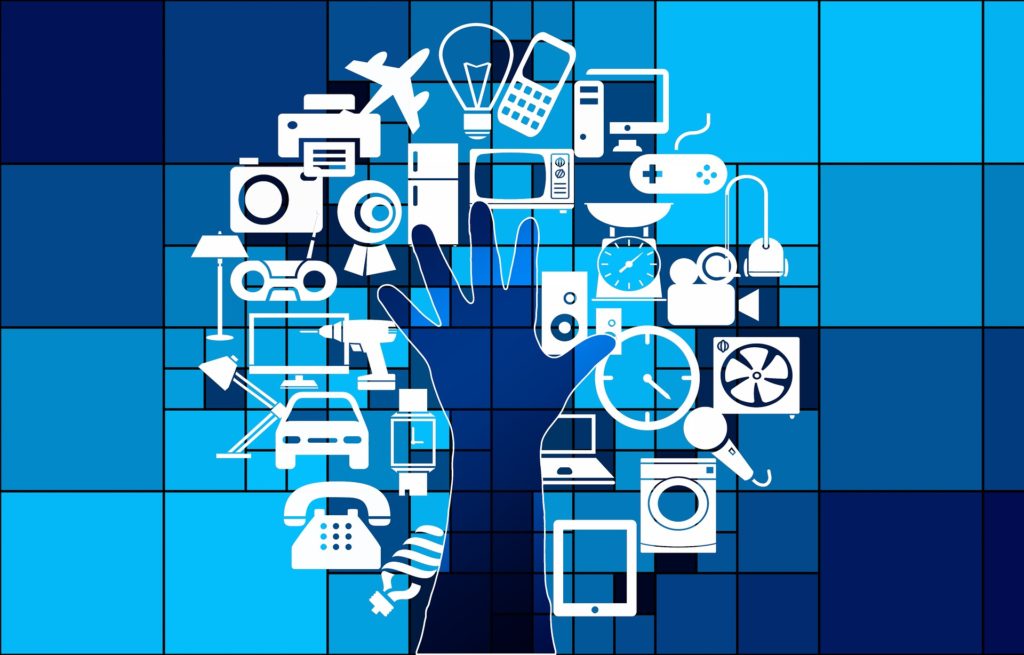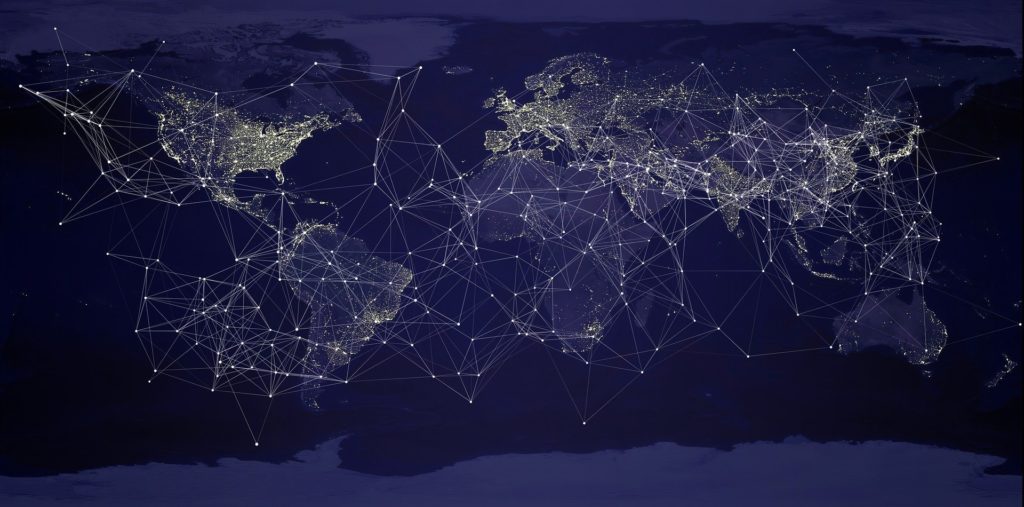How has digitisation changed the role of a CSR manager? In the past two decades, digital tools are evolving and becoming a basic need for all companies. In addition, digitisation showed its importance when the world was gripped by the COVID-19 pandemic. Therefore, this article will discuss how digitisation impacts Corporate Social Responsibility (CSR), its benefits, and its impact on the role of CSR managers.
Digital transformation is supported by CSR. Companies that have engaged in digital transformation have thought of out of the box solutions. In other words, they considered transformations outside of their organisation, as they were not limited to specific problems in a certain process.
Digital CSR is a game-changer and will be able to tackle several problems. These range from decreasing energy use to tackling economic developmental challenges.
Ørsted sets a great example in the area of sustainable energy and digitisation. Technological advances and cost reductions are coming together through their ongoing development and improvement of the installation, foundation designs, logistics, and digitisation. Through these improvements, the costs of offshore wind energy have decreased significantly.

The increase in emissions is a result of economic growth. As a result, we should embrace digitization for a better purpose – saving our planet.
These benefits include:
Becoming digital means constant change, which can seem horrifying for most people. However, change is important in order to lower the normal global energy consumption. It will increase by 50% over the next 35 years! As a CSR manager, setting an example is important to engage your whole workforce with CSR initiatives. Here are some easy tips to set an example.

An obvious benefit of the digitisation of CSR is the scaling back on the use of paper. Cloud storage eliminates paper waste and makes it easier to access all documents from anywhere. As a result, going digital reduces the emissions produced for every ton of paper.
Paper does not only create energy waste, it also creates water waste. An A4 paper requires 10 litres of water per sheet! Likewise, paper production endangers natural habitats: over 30 million acres of woods are being destroyed yearly. Therefore, a digital platform or an app can significantly lower the organization’s environmental impact. What is more, it can reduce the strain of internal sources.

Digital communication devices are becoming more and more advanced, where commuting and taking regular flights become much more unnecessary. It is still true that digitalising the workplace saves trees. However, just digitizing your workplace isn’t going to cut it.
Even though digitising the workplace is the greenest option, it still generates 2% of greenhouse gas emissions over a year. This pollution comes from storing information in data centres, which consume a lot of energy.
These data centres are sometimes as big as a football stadium. They require huge amounts of power and adequate cooling systems, as they are constantly storing and sending emails, videos, and documents. Emails are the biggest source of digital pollution. They require a lot of energy as the email is passing through an Internet Service Provider, reaches its data centre, and then arrives at the recipient.
One can reduce digital pollution by:

Using the Internet of Things (IoT) technologies will help to guide the supply chain as it will help your company automatically track the quality of vendors, suppliers, and end products. Digitisation generally helps avoid wasting time, products, and resources, this encourages your company to be more efficient to adopt digital tools.
Besides monitoring the quality of the products, IoT can track the location of the goods, track speed and movement of when the goods will arrive or if they are delayed. It can for example monitor storage conditions of raw materials and products to regulate their temperature and humidity, locate goods in storage and administer goods upon receipt. As this can validate when goods arrive to trigger administrative tasks as payments or onward shipping requests.

Sustainability concerns the human relationship with the natural world. Ranging from sustainable architecture solutions in various countries to the Agenda 2030 and UN’s 17 SDGs.
Digitization, however, concerns the virtual world. As we now live in a time where it is important to merge sustainability with the virtual world, bringing these two concepts together is crucial. This merging is called Corporate Digital Responsibility (CDR).
In some years, CDR will be a standard to hold all organisations accountable. CDR will become increasingly important for organizational performance, mitigate risks, and delight digitally and sustainability-savvy consumers in new ways.
CSR managers are already engaging in digitizing the workplace, as they conduct most of their work online. Thus, their main responsibilities include researching, establishing relations between partner companies, policy developing, implementing activities, and initiatives. The aim is to create a positive impact on the environment, local communities, and recruiting staff.
CSR managers could instead establish partnerships online in order to reduce emissions and save energy. CDR can improve the overall well-being of society through digitisation. As such, reaching full digitization for businesses requires ongoing education and re-designing institutions.
Change seems to be a daunting task for most companies, although going digital is becoming increasingly important in the process of becoming sustainable.
At 2030 Builders, we believe that the sustainability agenda will become significantly more important. By bringing together the ideas and values of your employees, you can create strong sustainability strategies. Our platform is the perfect tool to lead the way to the digitization of your company. Your staff is able to engage in digital upskilling in your sustainability strategy from their own remote devices, whilst collaborating with their colleagues.